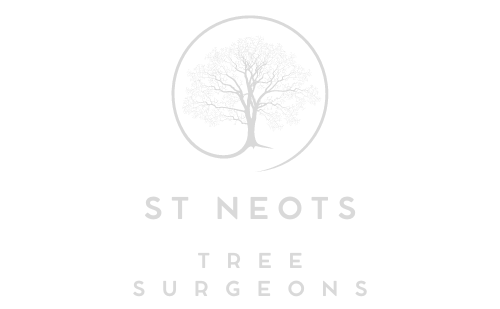What to Do When Your Favourite Tree Becomes a Threat
Introduction
We all have a tree in our garden or landscape that holds sentimental value. Whether it’s the centrepiece of your lawn, a shade provider in summer, or simply something that’s been growing since you moved in, trees often feel like part of the family. But what happens when that same tree starts showing signs of decline—or worse, begins to pose a risk to your home, garden, or safety?
At St Neots Tree Surgeons, we understand how difficult it can be to address the reality that a beloved tree might be causing more harm than good. Across St Neots and Cambridgeshire, we help homeowners make informed, responsible decisions when trees shift from being an asset to a liability. In this article, we’ll guide you through what to do when your favourite tree becomes a potential threat—and how professional tree care can often offer solutions that don’t involve complete removal.
Recognising the Warning Signs
A healthy tree enhances the value and beauty of your property. But if its structure or health is compromised, the consequences can be serious. Watch for these signs that a tree may be turning into a hazard:
- Visible lean or movement, especially after high winds
- Cracks in the trunk or major limbs
- Dead or hanging branches in the canopy
- Fungal growth at the base or along the trunk
- Exposed roots or disturbed soil, possibly indicating instability
- Early leaf drop, thinning canopy, or discolouration
These symptoms often point to underlying issues such as disease, root damage, structural instability, or decay. Left unaddressed, they could result in falling limbs or full collapse—especially dangerous if the tree is near your home, power lines, or public pathways.
Take Action Promptly—But Sensibly
The first step is not to panic. Just because a tree shows signs of decline doesn’t mean it must be removed. In many cases, targeted, professional tree surgery can preserve and protect the tree while mitigating the risks it poses.
Key actions include:
- Arrange a professional tree inspection to assess structural integrity and overall health
- Avoid DIY pruning, which can stress the tree further or cause imbalanced growth
- Check nearby structures (walls, driveways, foundations) for signs of damage caused by roots or overhanging branches
- Make a note of changes over time—has the lean increased, or have more branches begun to die off?
The earlier you identify a problem, the more options you’ll have for resolution.
Tree Surgery as a Solution
At St Neots Tree Surgeons, we offer a range of services designed not only to remove risk, but to extend the life and beauty of the tree where possible. Depending on the diagnosis, we might recommend:
- Crown reduction to lessen wind resistance and weight
- Deadwood removal to prevent falling limbs
- Cabling or bracing to support weak branches or forks
- Crown thinning to improve airflow and reduce disease spread
- Root pruning where roots are damaging structures, without removing the tree entirely
These methods can often restore balance, safety, and vitality—allowing you to keep the tree in place, responsibly.
When Removal Is the Only Option
While preservation is always our priority, there are cases where removal becomes necessary. These include:
- Severe internal decay or hollowing
- Irreversible disease, such as advanced fungal infection
- Risk of collapse in proximity to buildings or public spaces
- Trees growing into power lines or foundations with no viable pruning solution
In these situations, we handle removals with care, professionalism, and respect for the surrounding landscape—offering advice on replanting or suitable replacements where appropriate.
Balancing Sentiment with Safety
We know how attached people become to the trees in their gardens. They’re part of your home’s character and your personal history. But safety must always come first. Fortunately, a professional approach often finds solutions that protect both your property and your tree.
In many cases, thoughtful pruning or structural support can restore peace of mind without losing what you love. And when removal is necessary, it opens up new opportunities to replant with species better suited to the site or your changing landscape needs.
Conclusion
If your favourite tree is beginning to show signs of risk, don’t wait for the situation to worsen. Early intervention can save the tree, protect your property, and prevent costly damage. At St Neots Tree Surgeons, we help clients across Cambridgeshire navigate these difficult decisions with honesty, expertise, and care.
Contact us today to arrange a professional inspection and find out how we can help you manage your trees responsibly—preserving what matters most while keeping your home and garden safe.
Call us on: 01480 776 299
Click here to find out more about St Neots Tree Surgeons
Click here to complete our contact form and see how we can help with your trees needs.

